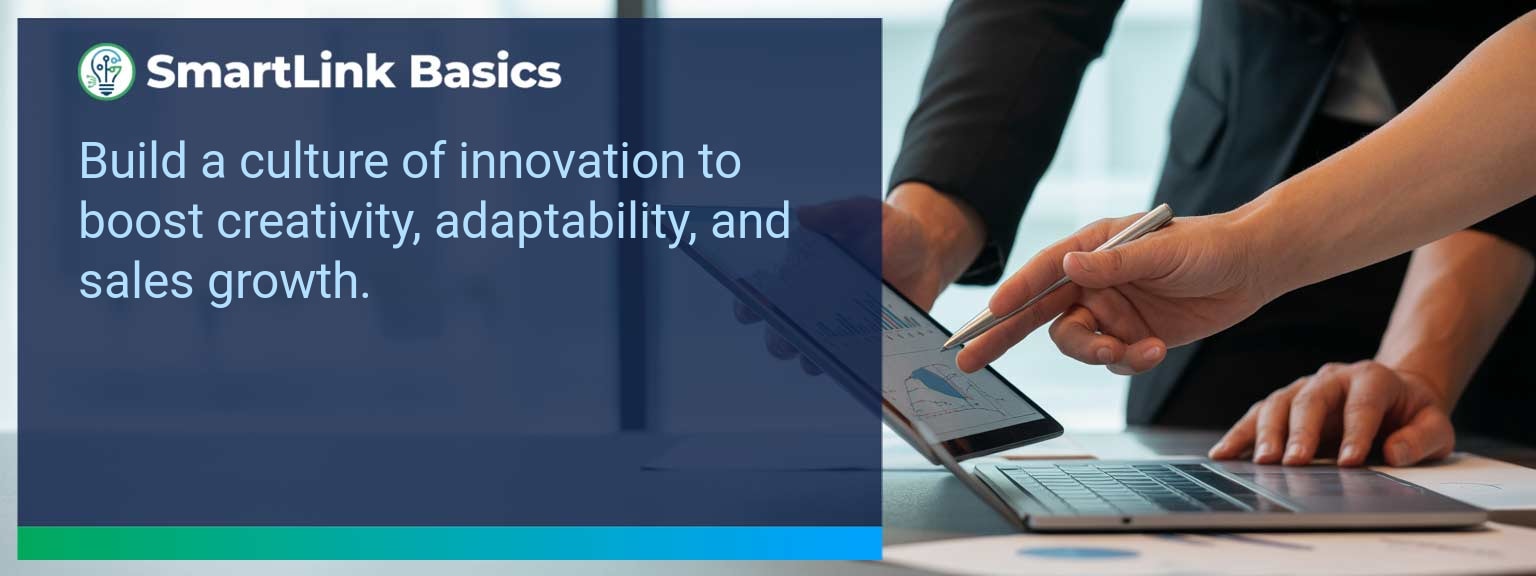Accurate forecasting in sales remains elusive for many organizations. According to McKinsey, companies that integrate their sales technology effectively can improve revenue forecast accuracy by up to 38%. At SmartLink Basics, we’ve observed that aligning sales performance tools and workflow automation into a cohesive smart tech stack enables leaders to manage both short-term targets and long-term growth strategies. In the AI-driven sales era, siloed systems drain productivity, while integrated platforms increase speed, precision, and adaptability. This article details how to overcome inefficiencies, architect a connected tech ecosystem, and measure gains with the right metrics so you can turn operational clarity into predictable revenue.
- Connect CRM, sales enablement, and analytics in one stack for unified workflows.
- Automate repetitive tasks to free up selling time for revenue teams.
- Apply process optimization to remove friction in the buyer journey.
- Track leading, lagging, and quality metrics for balanced performance visibility.
- Adopt scalable AI tools to sustain momentum and revenue growth.
Overcoming Inefficient Sales Processes with Smart Tech Stacks
Disconnected tools often lead to double entry, inconsistent data, and delayed decision-making. A modern smart tech stack solves this by integrating business productivity software, CRM systems, and sales enablement solutions into a single operating environment. This creates a central source of truth for pipeline health, account status, and forecasting. For example, a mid-market SaaS business unified its CRM integration with its workflow automation platform, reducing lead-to-opportunity conversion lag by four days. That shift meant faster prospect engagement and higher close rates. To dismantle inefficiencies, map your entire sales process, identify all touchpoints and redundancies, then consolidate systems that overlap. Prioritize integrations that directly impact conversion speed and forecast reliability.Leveraging Technology to Streamline Workflows
Once the tech stack is connected, the next step is optimizing workflows for scalability. Workflow automation enables sales teams to focus on revenue-driving activities rather than manual administrative tasks. Automated routing of leads, AI-enhanced follow-up cadences, and real-time performance analytics all shorten the sales cycle. Consider a case where sales performance tools flagged dormant accounts, triggering an automated re-engagement sequence. This reclaimed 15% of inactive prospects without additional rep hours. Actionable step: Start with one repetitive process—such as lead enrichment or proposal generation—and automate it end-to-end before moving to the next. This delivers immediate wins and sets a template for broader automation.Measuring Gains in Sales and Revenue
Success with smart tech stacks depends on disciplined measurement. Relying solely on revenue as an indicator can mask early signs of inefficiency. Balanced scorecards blending leading, lagging, and quality metrics provide a clearer picture.| Category | Metric | Definition | Target |
|---|---|---|---|
| Leading | CRM Data Freshness | % of accounts updated in the last 14 days | 95%+ |
| Leading | Automated Workflow Adherence | % of deals following AI-assisted process flows | 90%+ |
| Lagging | Revenue per Rep | Total revenue ÷ active quota-bearing reps | ↑ 15% YoY |
| Lagging | Close Rate | Opportunities won ÷ opportunities created | 30%+ |
| Quality | Buyer Experience Score | Average post-sale satisfaction rating | ≥ 4.2/5 |
| Quality | Tech Stack Utilization Rate | % of licensed features actively used by reps | 85%+ |
Scaling Success with Emerging Solutions
As AI matures, smart tech stacks can incorporate tools that deliver predictive buying signals, adaptive coaching, and self-optimizing workflows. This evolution strengthens both sales performance and forecast accuracy. One enterprise integrated a predictive lead scoring engine, increasing win rates by 12% within two quarters. The same framework now drives account expansion initiatives. Actionable step: Build a quarterly review rhythm where new AI capabilities are evaluated against your growth strategy, ensuring only high-impact tools are adopted for scale.Get the 90-day plan, coaching rubric, and dashboard template to operationalize AI in your enablement program.









